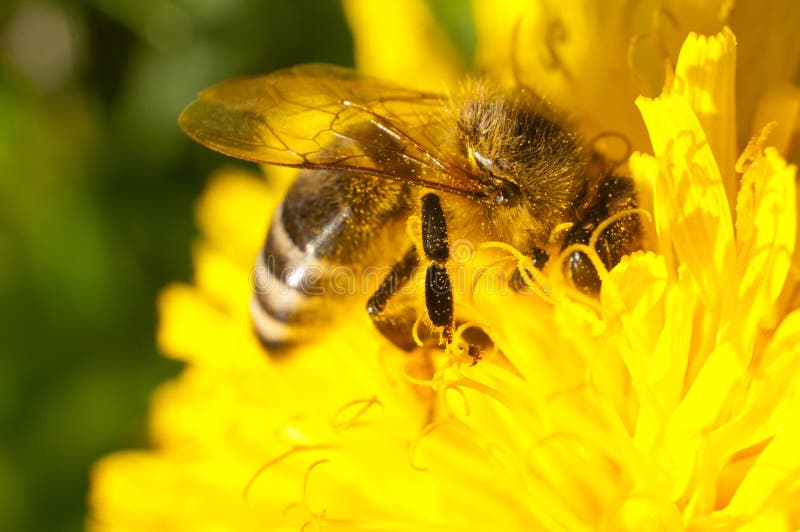

Once the bee’s body is covered with fine pollen grains, the bees will use stiff hair-like structures on her legs to groom themselves and “comb” all the pollen off their body. This helps them to collect the pollen dust from the flowers they visit since the negatively charged pollen will be attracted to, and stick to, the bee’s body in much the same way that a balloon rubbed against a wool sweater will stick to the wall. These cells are filled with pollen but have not been given a final capping of honey and wax needed for long-term Winter storage.Īs bees fly through the air, they build up a positive static-electric charge on their body. As a result, a bee colony will tend to forage on a variety of pollen sources and bee pollen will tend to be a mixture of pollen from all the different species of plants that the colony’s foragers are able to visit.īees use their heads to pack pellets of pollenĬollected by foragers into cells where it undergoes fermentation in the process of becoming bee bread. (Di Pasquale, 2013) Bee pollen is also the nutritional and mineral source for the production of royal jelly by worker bees. While pollen provides almost all the bees proteins and nutrients, there is no single type of plant that produces bee pollen that will have all the vitamins, minerals, fats and proteins in exactly the right ratios for optimum honey bee health. But flower fidelity, visiting only a single species of flower in one trip means the pollen pellets (one on each leg) will tend to be all from the same type of plant and uniform in color and can range from white to black. Some honey bee foragers collect only nectar, some both nectar and pollen, and some only pollen.

The characteristics of bee pollen will depend upon the plants from which it is gathered. The majority of plants on the planet today require that their pollen be transferred onto the receptive stigma of flowers (pollination) by wind, water, birds, bats, butterflies, beetles or bees, the most important species. The grains of pollen that make up bee pollen are the tiny, male reproductive units (gametophytes) that form in the anthers of flowering plants. Pollen that is collected by honey bees is referred to as bee pollen.


 0 kommentar(er)
0 kommentar(er)
